Amsterdam – April 22, 2022
The Floriade is an International Horticultural Exhibition, a large fair , an expo – sort of like a World’s Fair, but all about flowers and trees and protecting our earth. It is about negotiation and the exchange of ideas about how we use our earth so that we don’t exhaust it. Experts from all over the world come together at Floriade to present green solutions that make our cities more enjoyable, beautiful and sustainable. It is a celebration of green and sustainable technology with exhibits on new technologies for greenery, food, energy and health.
The Floriade occurs only once every ten years, and we, my friend Debby and I, were fortunate enough to be here to experience it. We were in Amsterdam for a Viking Riverboat cruise through The Netherlands and Belgium, choosing this time of year primarily to see the tulips blooming. Keep an eye out for more posts from this trip.
We were picked up by our driver, Henrik, and our guide supreme, Alette Fleisher. Alette is a PhD in Dutch history with a strong background in gardens – not just the kind you plant in your backyard, but gardening as a philosophy. She explained to us how gardens are an illusion, as we try to recreate the ideal garden, the Garden of Eden.
We drove the 30 minutes to Almere, the city where the Floriade was being held. Almere is a new city built in an area where in the mid-1960’s, water was turned into land. And once the Floriade is over, the whole area will be developed into 600 homes with no cars allowed. The name of this new city will be ‘Hortus’ which means garden in Latin. This goes along with Voltaire’s saying: “God created the earth, but the Dutch created their own land.”
Henrik dropped us off and in we went. The theme this year was “Growing Green Cities” and focused on the need to combine nature and development. The question being asked was, “How do we build cities in a sustainable fashion?” The answers came in the forms of a giant greenhouse, cooking classes and pavilions from around the world showing what each country is doing to help the cause.
The expo was divided into three areas: Urban District, Green Island and the Utopia Island. We started in the first section, right inside the main entrance, the Urban District. Our first sight was the Green Lung which is part of the Aeres University of Applied Sciences. It is a physical place where education, research and science come together in a building covered with plants.
The walkways were lined with tulips in all colors. As I looked into the distance, I could see stripes of colors, like a tapestry of tulips. This is tulip season in Holland after all. As an aside, Alette taught us where the name “tulip” came from. In the mid-1500s, Ogier Ghiselin de Busbecq, a Flemish writer, herbalist and diplomat in the service of the Austrian monarchs, was ambassador to the Ottoman Empire in Constantinople. He met a Turkish man in a traditional turban with a sketch of a flower on it. He pointed to it and asked what it was, meaning the flower. The Turk misunderstood, and replied, “Tulipan,” meaning turban. Ojier thought that was the name of the flower, and thus the name “Tulip” was born.
We passed a very large mechanical doll dressed in all white with white wooden shoes and a headdress, operated by a robotic arm. We had no idea what this meant or symbolized, and it was in fact, a bit creepy. You can watch the video and judge for yourself.
We made our way into the greenhouse and were welcomed by a long line of mosaic figures in all colors. Now those were statues I would have loved to have in my own backyard. Each was a different color and each was a bit unique. Other than beautiful art, there was no explanation that I could find about the significance of these mosaics to sustainability.
We kept walking, slowly, admiring the flowers. The greenhouse was filled with all sorts of flowers, the predominant one being the tulip of course. But there were many others as well. There were hydrangeas the size of which I’ve never seen.
And while I am not a fan of flowers being dyed unnatural colors, where was one display with blue and yellow flowers to show support for struggle of Ukraine dealing with the Russian invasion.
There were vegetables to be tasted and I must say that the tomatoes were magnificent. The flavor burst in my mouth, not resembling any tomato I’ve had back home. Alette told us that The Netherlands is the second largest exporter of vegetables and fruit (after the United States). How can that be you might ask? The Netherlands is about the size of Rhode Island! I certainly asked. And the answer? They first import the fruit and vegetables, and then they export it again!
We visited some of the different country pavilions which were displaying their culture, plants, flowers and local innovations. The display from the UAE was particularly interesting as it showed the progression of the desert into desalinated water for consumption and for growing plants. The Qatar exhibit, with the desert environment, was also very interesting, with Bedouin tents and three large cones, similar to the ones found in Qatar. There were displays from Thailand, Germany, China, India, Suriname, Sudan. Some were not yet open and some had very little in them.
We slowly made our way over to the next section, the Green Island. Along the way there was a beautiful tall building covered in paintings of flowers. Alette explained that this was a “care home” or what we call a nursing home. I only hope it was as beautiful inside as it was outside.
Just outside the care home was a large sculpture of ice cream on sticks and a bit further away was a very large sculpture of what to me looked like a man holding the hand of a child. For the distance I thought it was a topiary, but as I got closer and looked at it, I realized it was made of metal bees. So while the ice cream was just fun art, the sculpture of people and bees was a message of how important bees are for sustaining the early and we must live with them.
We crossed one of the two bridges over to the Green Island. The bridge we chose was made from recycled material from a bridge in another part of Holland, which was getting old and needing to be replaced. I had never heard of recycling a bridge before, but it made perfect sense. Sustainability.
The Green Island was primarily a forest of trees that had been planted in the 1960s. They were tall and green. In between the forest, there were small art installations. One, which it turned out was replicated in different parts of the forest, looked like rusted pipes, about 5 feet high. But as you got closer to them, you heard a voice – the voice of the environment and of Mother Earth – talking about life from its perspective.
- Mother Earth talking to us
On all three “islands,” there were food trucks and restaurants for catching a quick bite or a gourmet meal. We opted for the food trucks, but only later did we realize there may have been better choices.
I Wish for Nature
After a lunch of empanadas, we crossed over to Utopia Island – the land of the future. There was an education section where 11-year olds were invited to grow their own garden. They are taught about sustainability. We learned about the willow tree and how its branches can be used to weave baskets etc. There was a Horn of Plenty made of willow where the kids all wrote messages about the future of our earth, alongside a very large man, also made in part of willow.
Wolunie
Our next stop was the Wolunie. This pavilion used shades of nature to show what can be done with the energy of the sun. There were glass jars along a circular wall, each filled with different colored water that had been dyed with vegetables. There was also a wall with felt, with feathers and with leather, each showing what can be done with natural products. The reflection of the colored bottles in the pond in front was beautiful, looking almost like stained glass.
Bobbing Forest
As we continued walking along the lake, my eye was caught by what looked like large floats, in all different colors, with a tree in the center of each. This was called the Bobbing Forest. There were in fact 20 recycled sea buoys from the North Sea filled with 20 Dutch elms. The floating trees provide additional greening, compensation of CO2 and reduction of particulate matter, emphasizing the importance of climate adaptation, innovation, health and greenery. These were created to save the trees in case of severe flooding. As the wind blew, the floats drifted along the water. Right near there was one of many playgrounds as the whole Floriade is very child-friendly. There were playgrounds everywhere, and while today there were not many children, one could imagine that on the weekends the sounds of the kids running around would fill the air. That’s sustainability too.
We were getting a bit tired at this point as we had walked and walked and walked. It was time for a cappuccino. We found ourselves by the Germany pavilion which had a “Coffee and Kuchen” kitchen. But first, we were enticed into the Biotopia. We were given plastic green bracelets and were instructed to answer questions or interact with exhibits to collect “coins.” Our competitive spirit took over and off we went, gathering up the last bit of our energy. We rode a bicycle built for three to create energy. We balanced ourselves on large disc. We answered questions about solar. And or course, we collected all the coins. At the end of the exhibit, we tossed our bracelets into a hole and our results were displayed on a large screen which congratulated us on doing so well. Ah, ego.
- Creating energy
Finally we sat down with our coffee and cheese cake and rested, talking over what we had seen and learned that day. We suddenly heard singing and looked up to see a group of tourists who had gathered and were just singing, creating impromptu entertainment.
In a world where we destroy nature to build cities of concrete, glass and steel, the color green (metaphorically speaking) is the key to making this world livable. It is always a good reminder that we have to protect nature for nature is always trying to protect us.


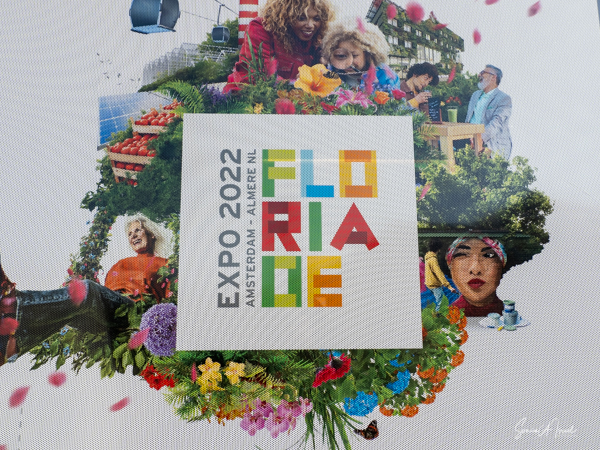
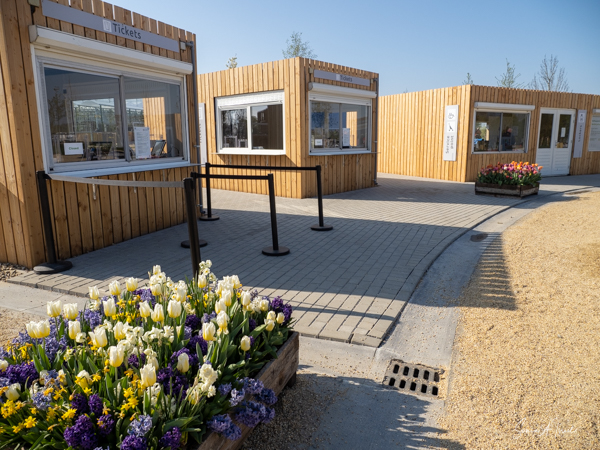
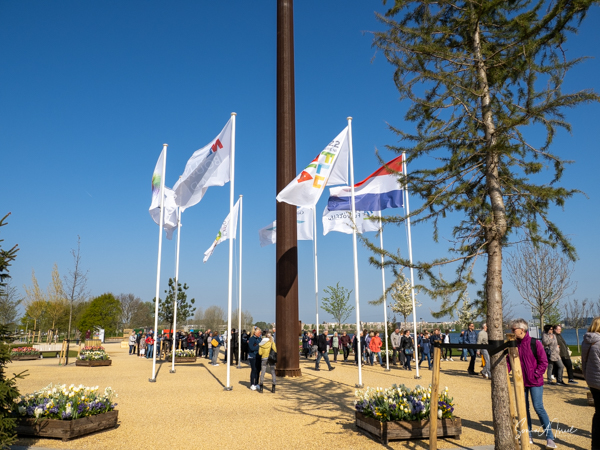
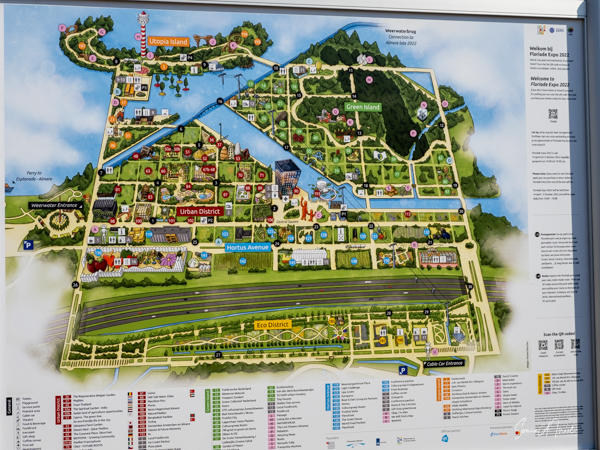

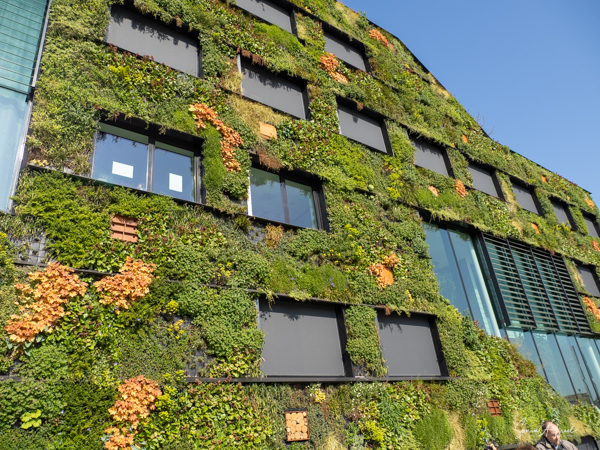
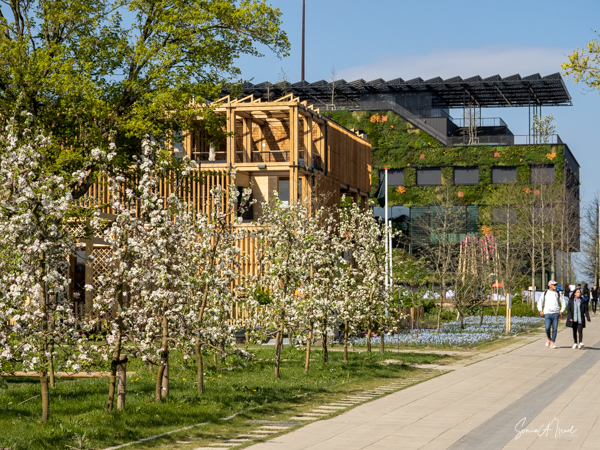
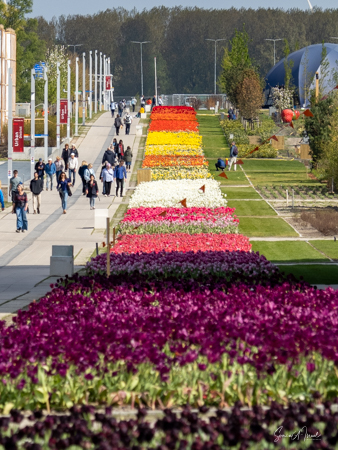
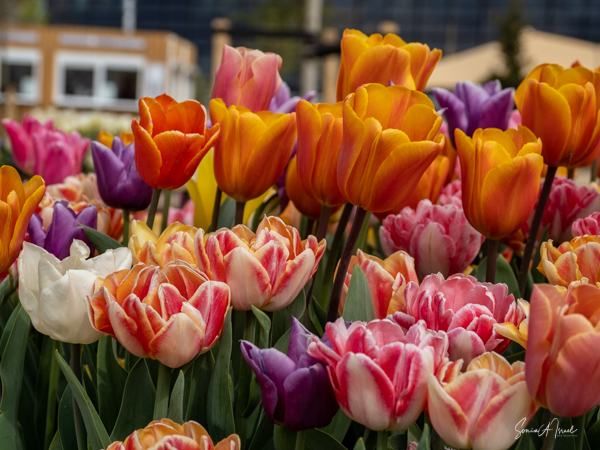
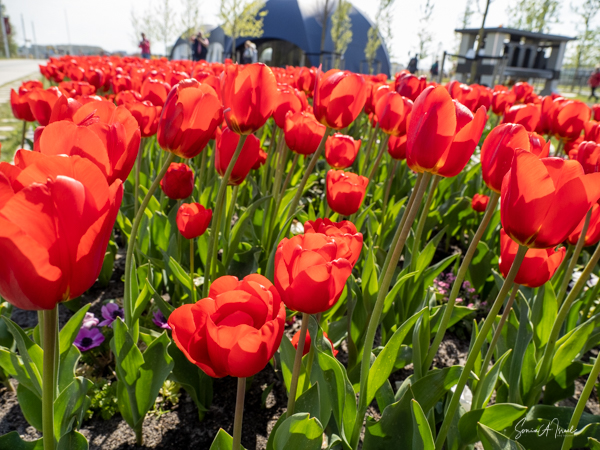
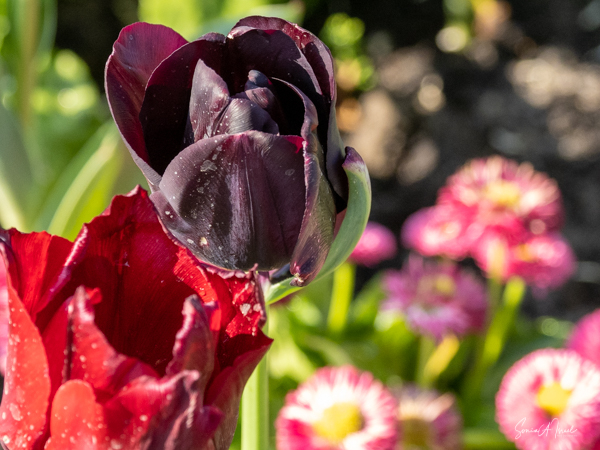
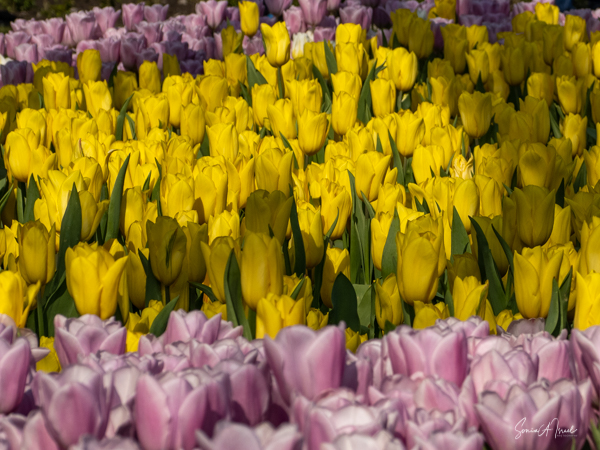

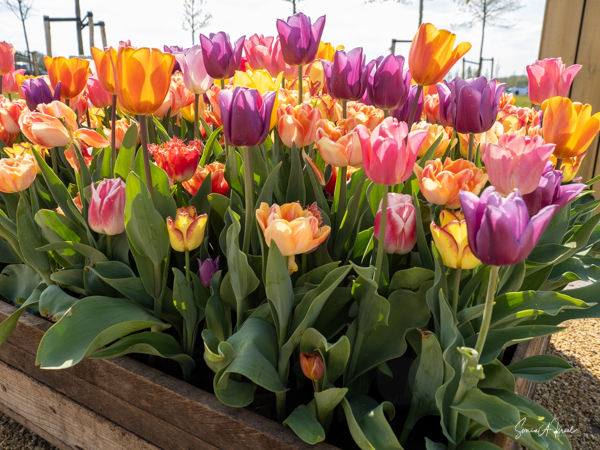
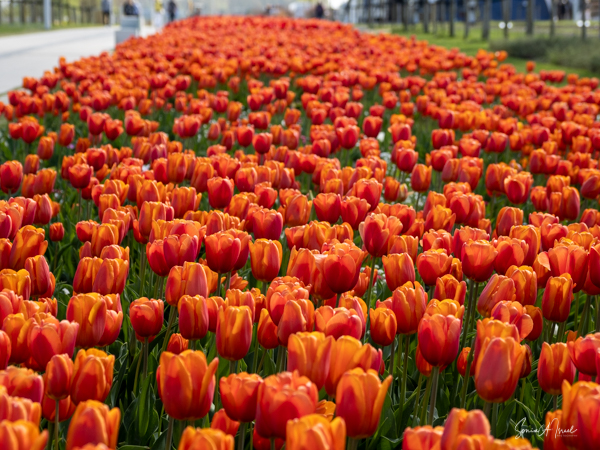
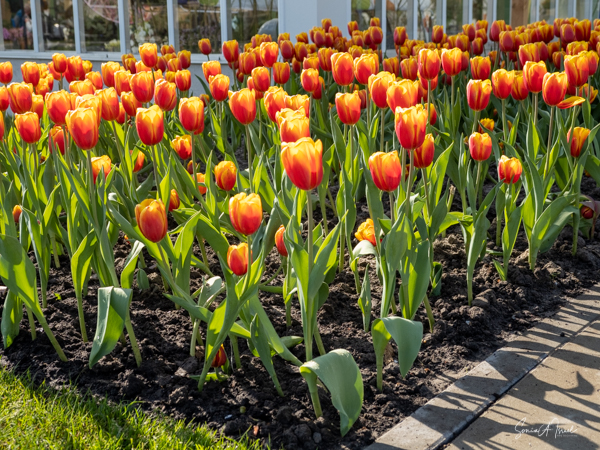
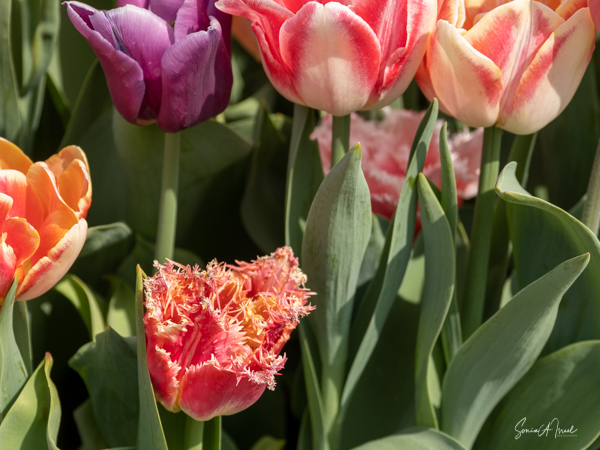
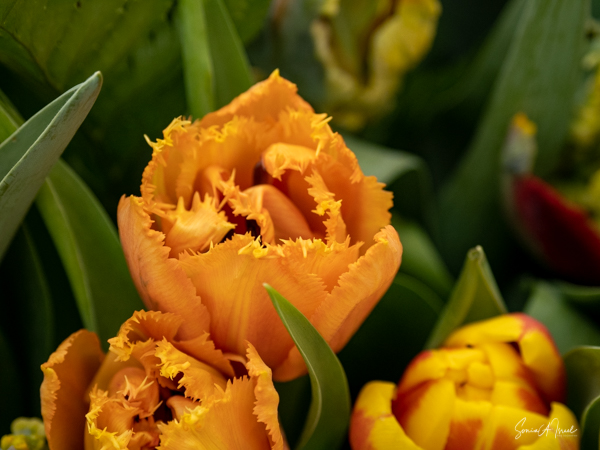
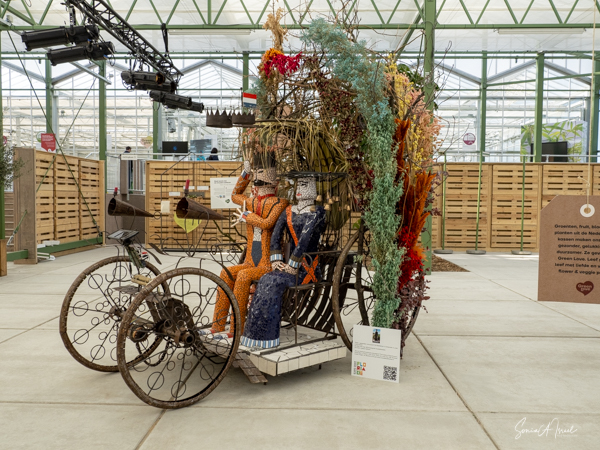
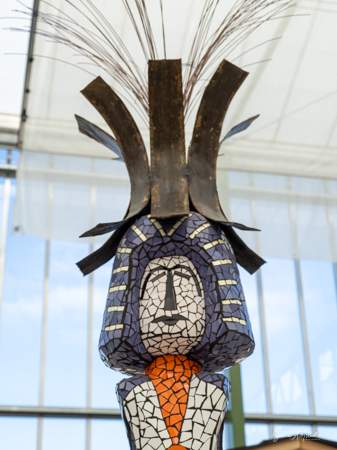
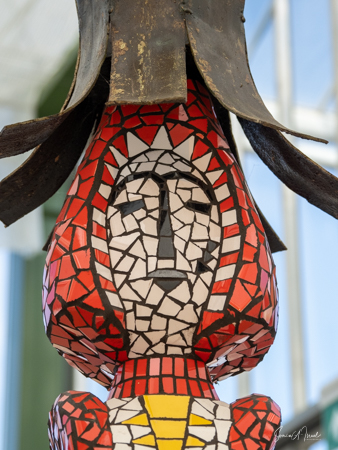

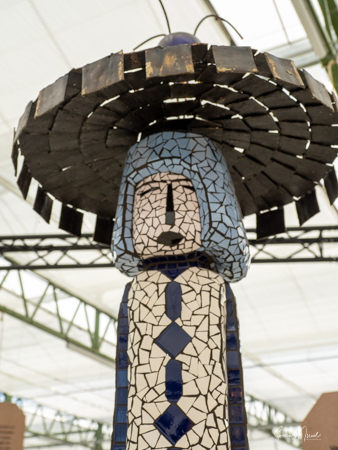
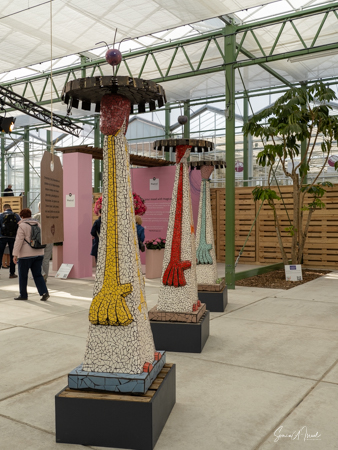
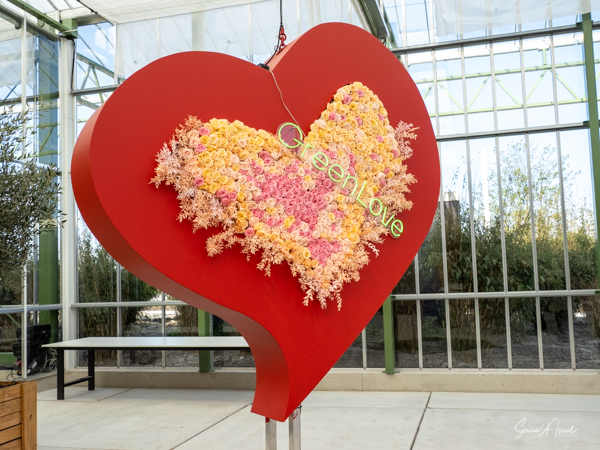



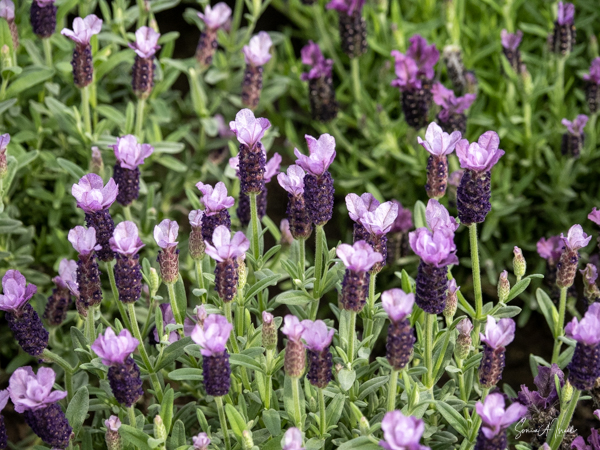
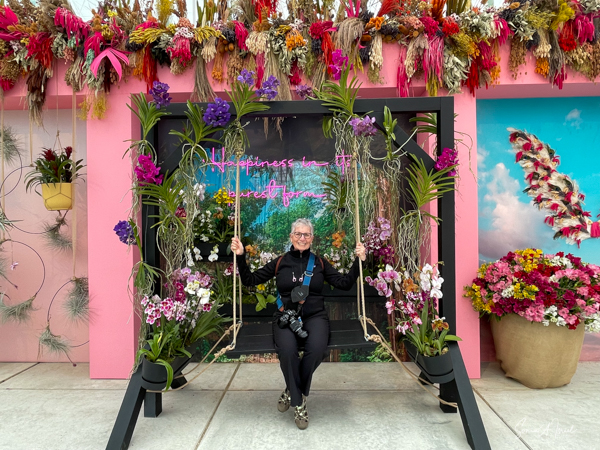
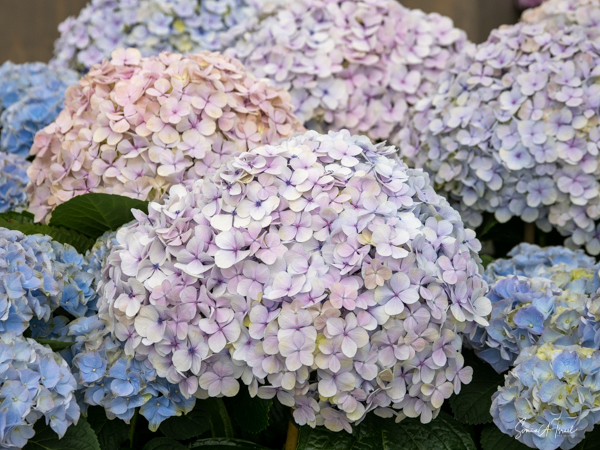

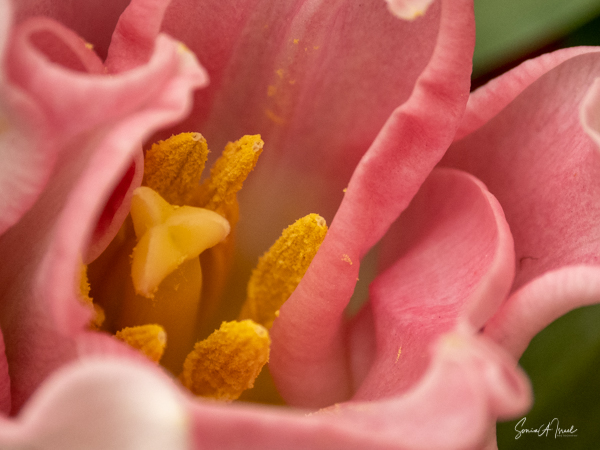
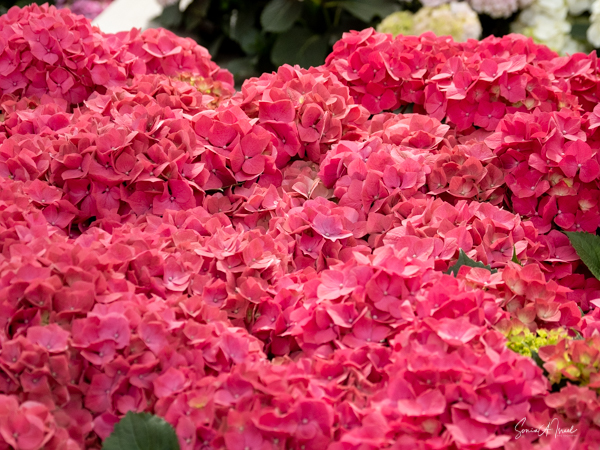
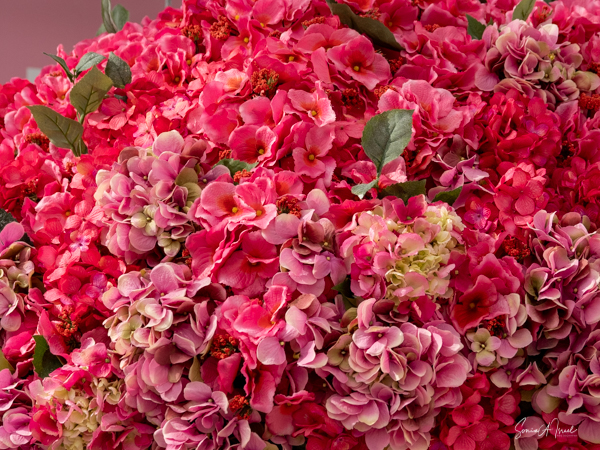
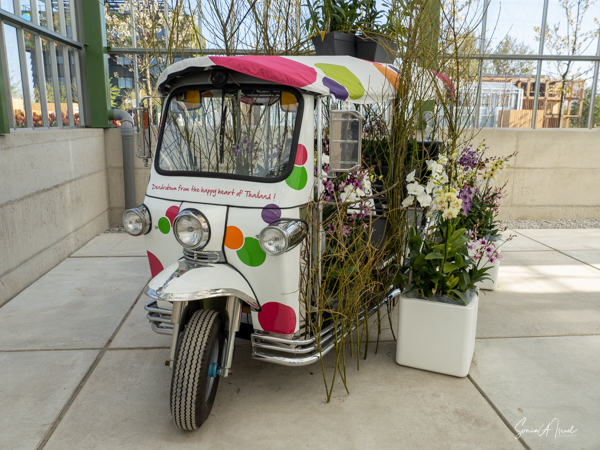
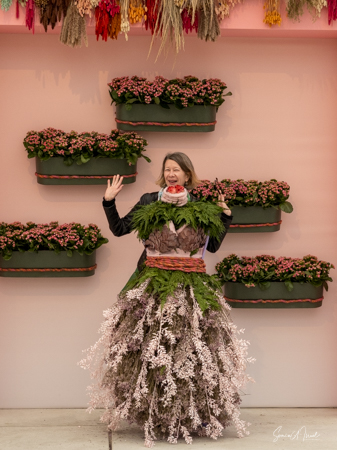

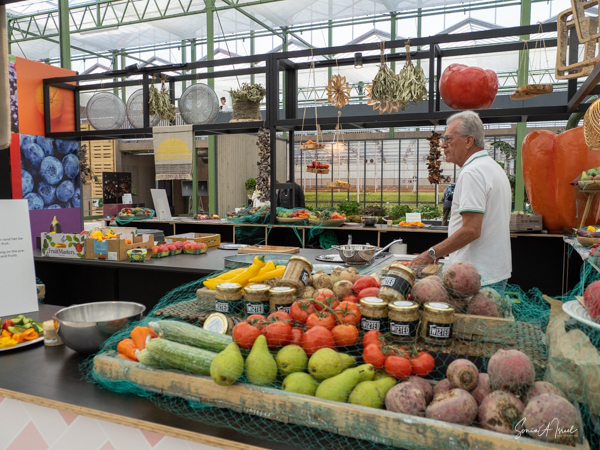
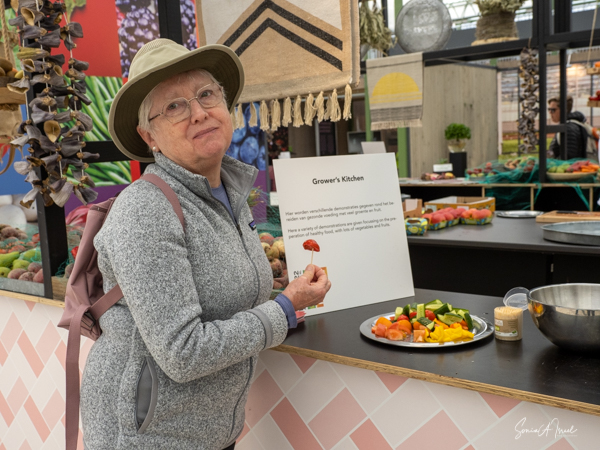
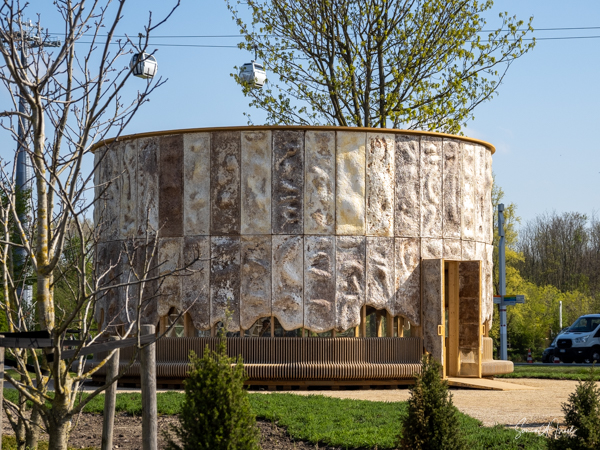
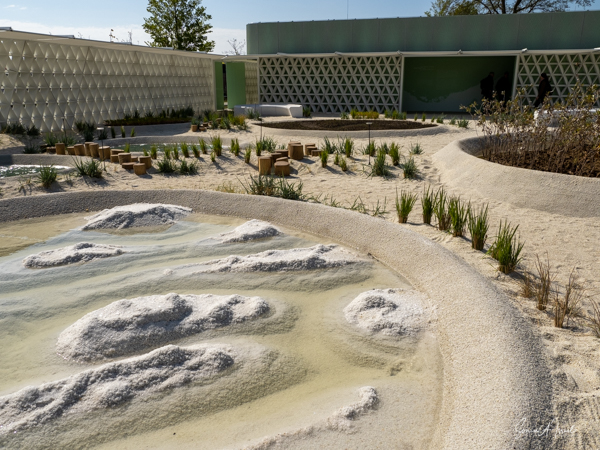
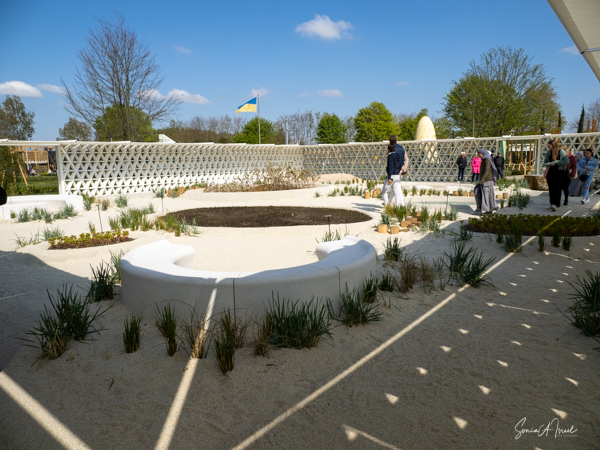
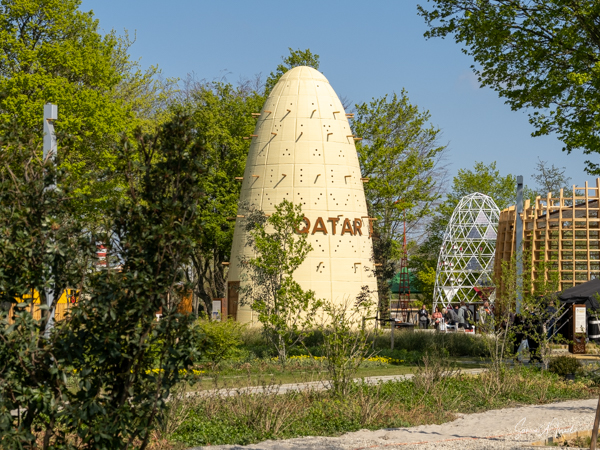
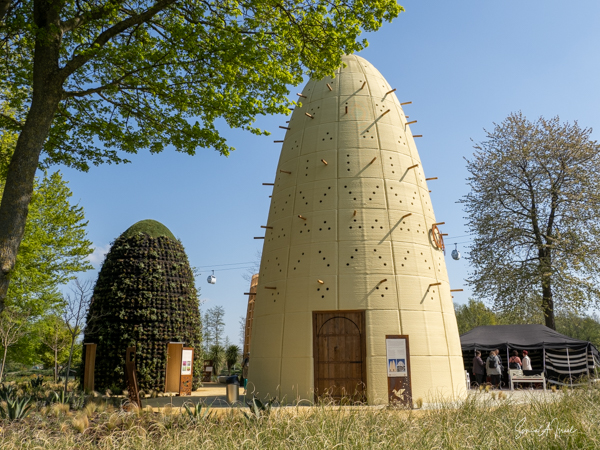
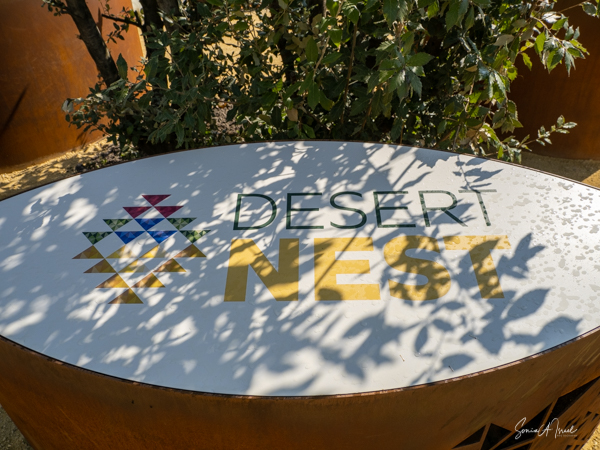
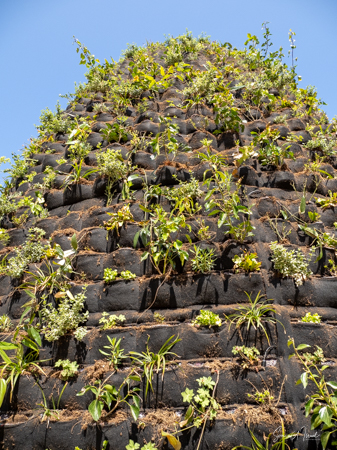
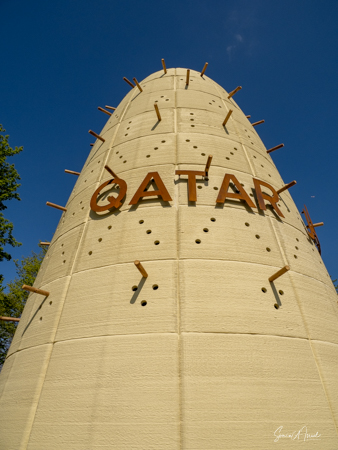
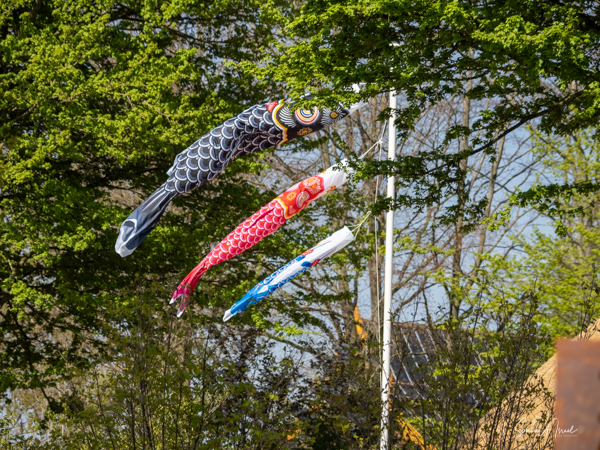
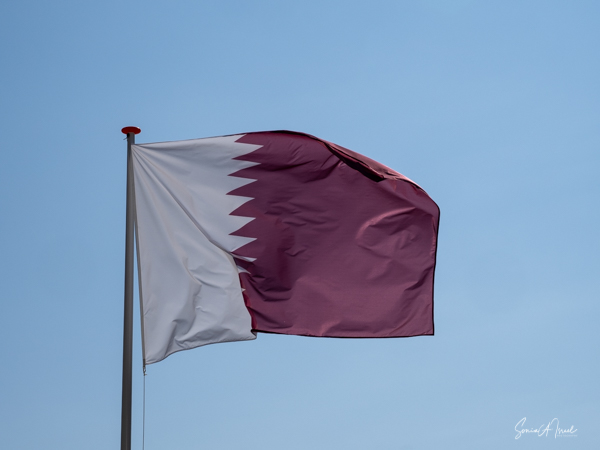
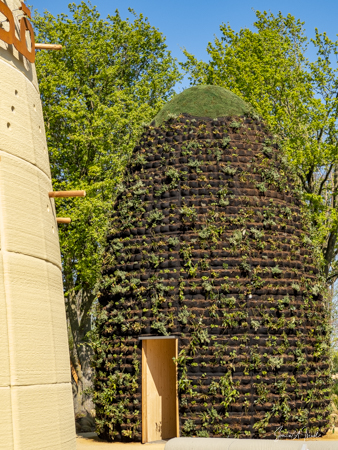



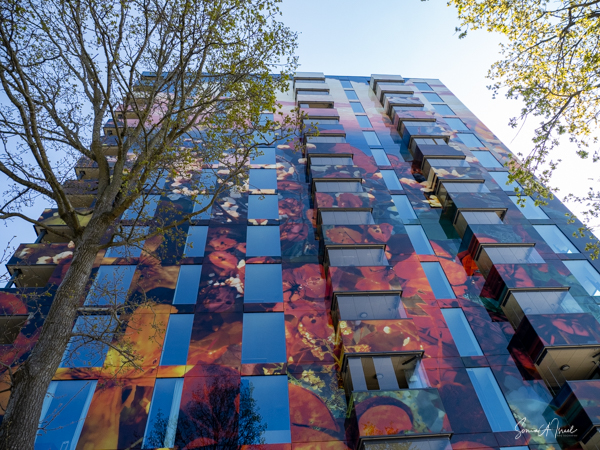
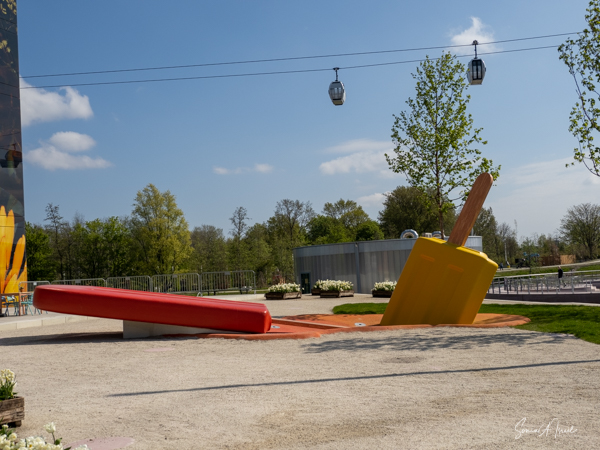
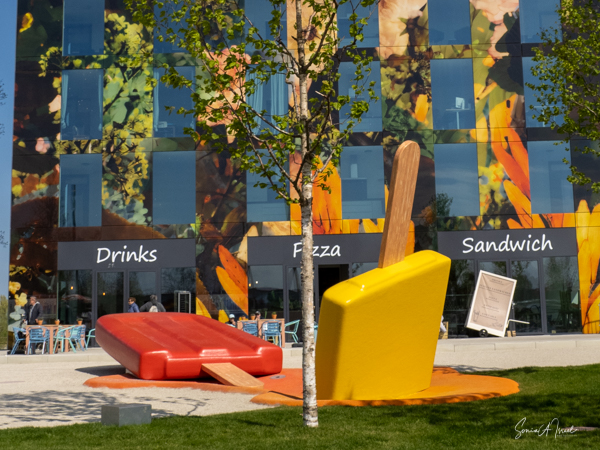
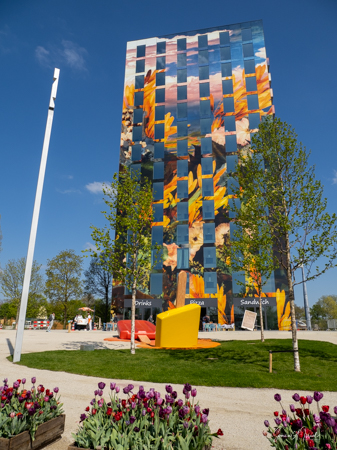
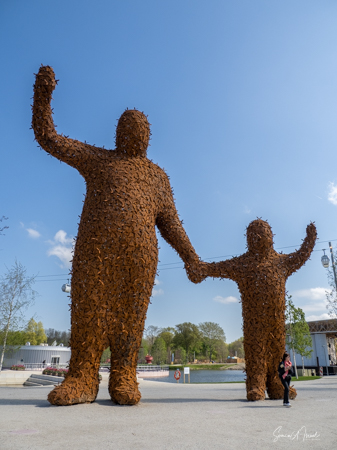
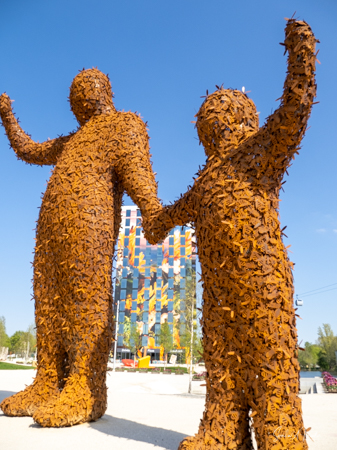
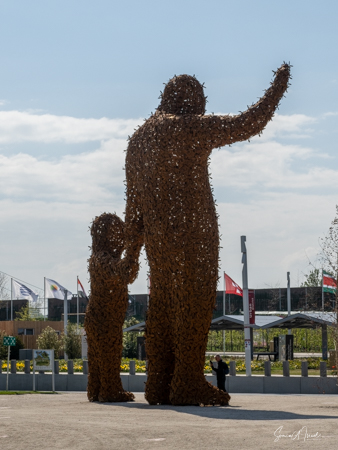
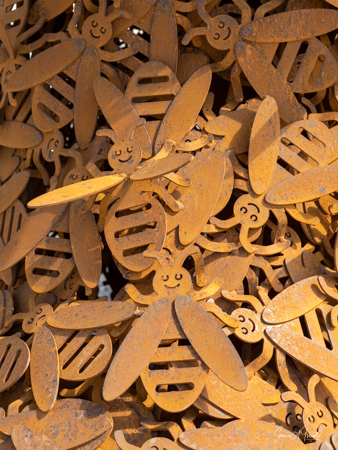
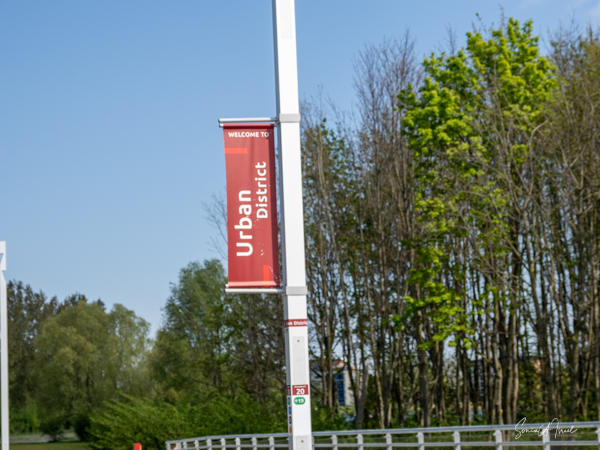
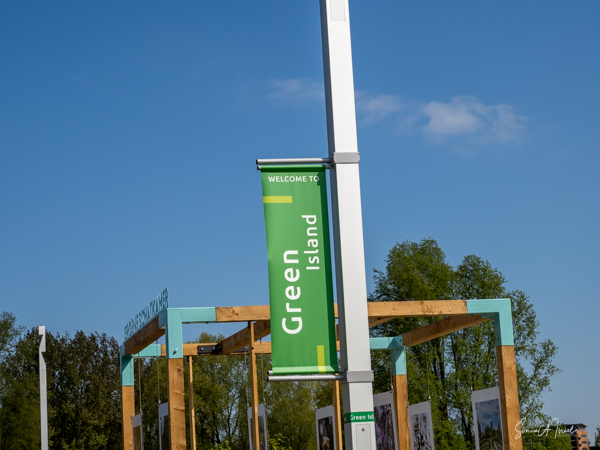
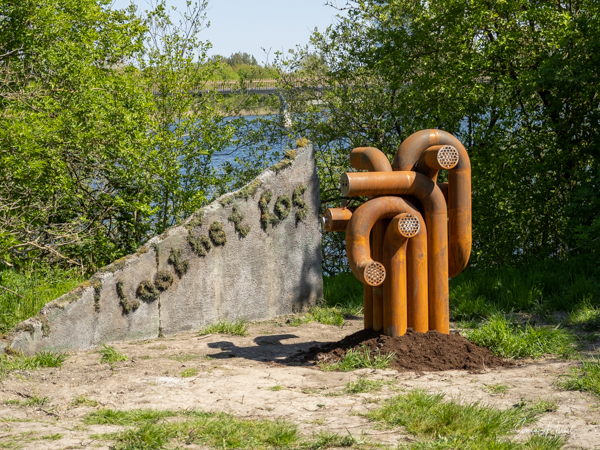
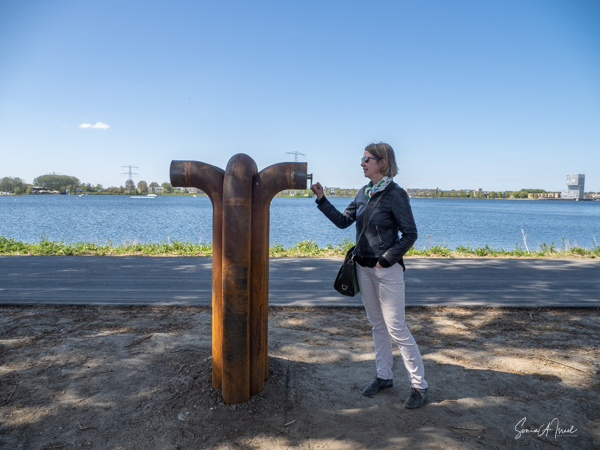

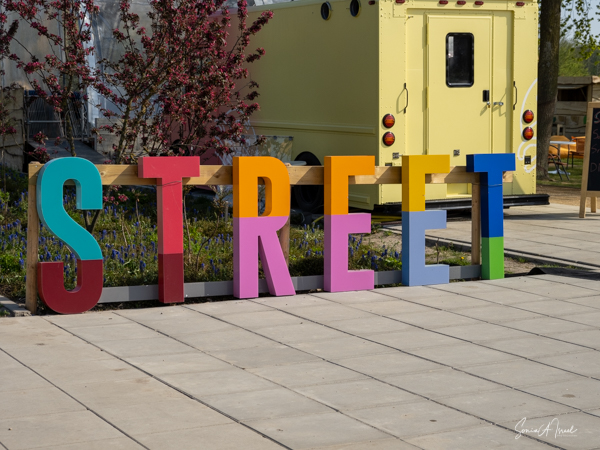
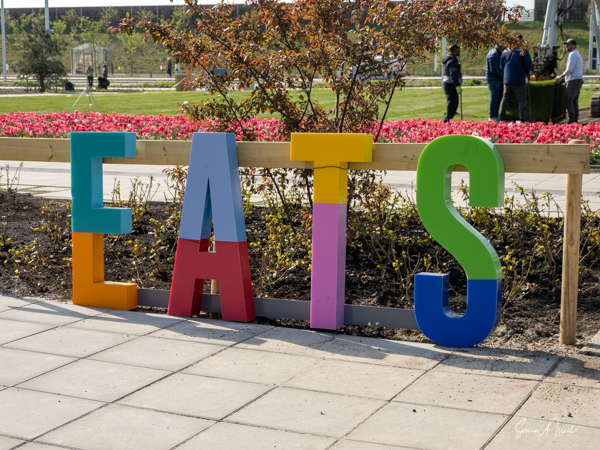
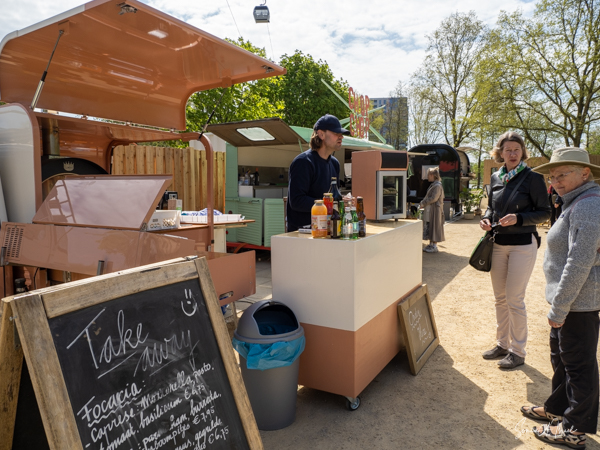
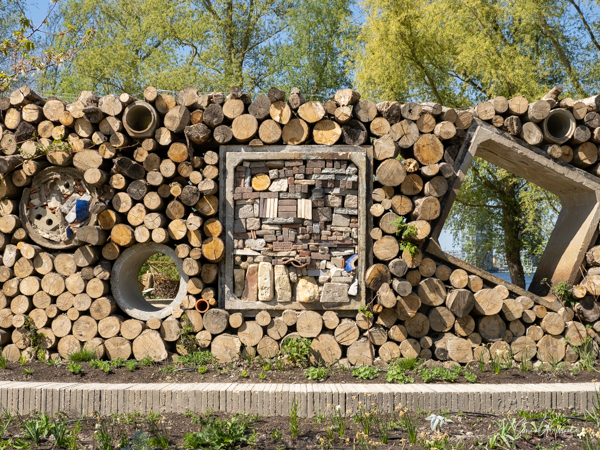
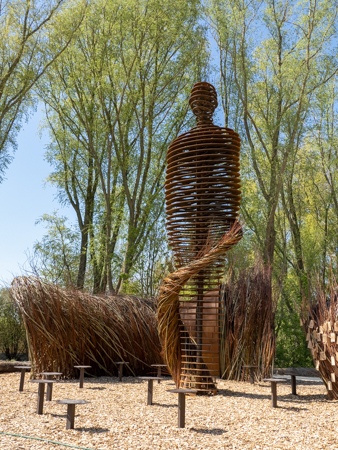
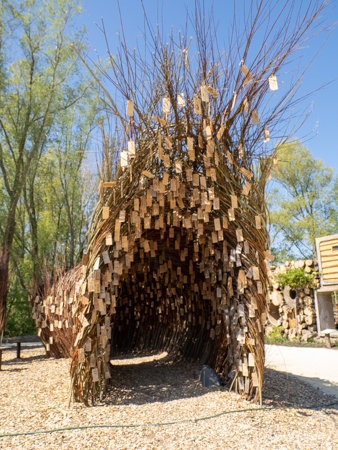
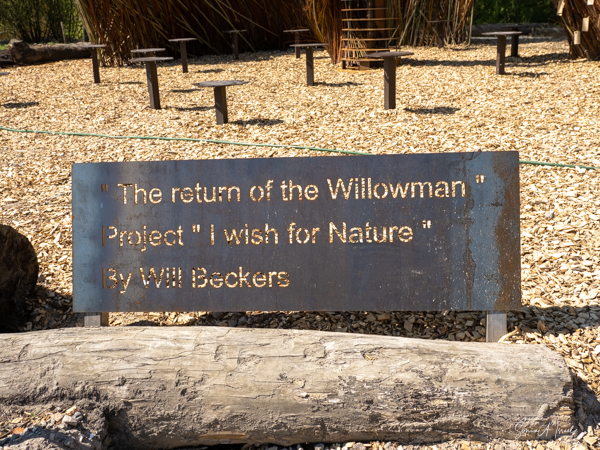
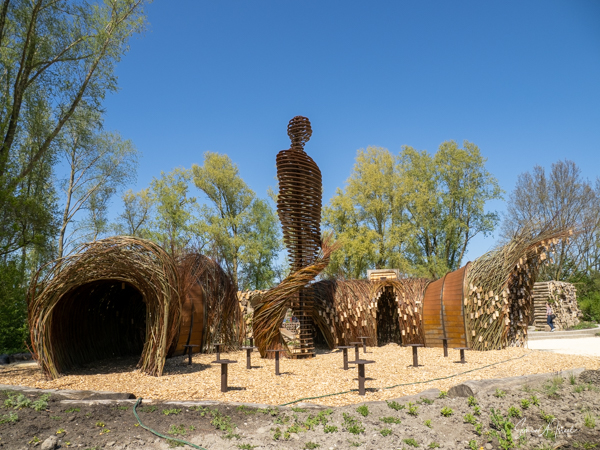

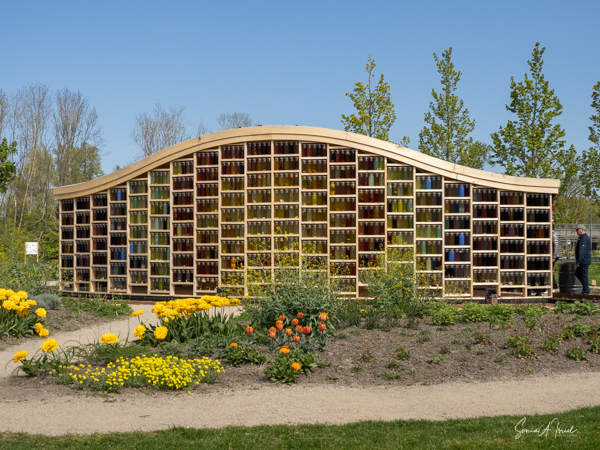
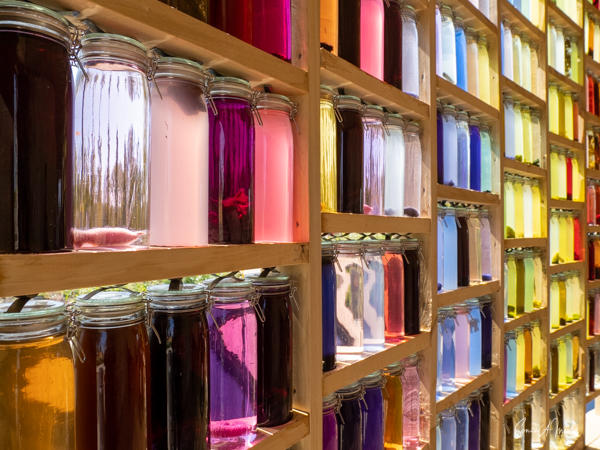
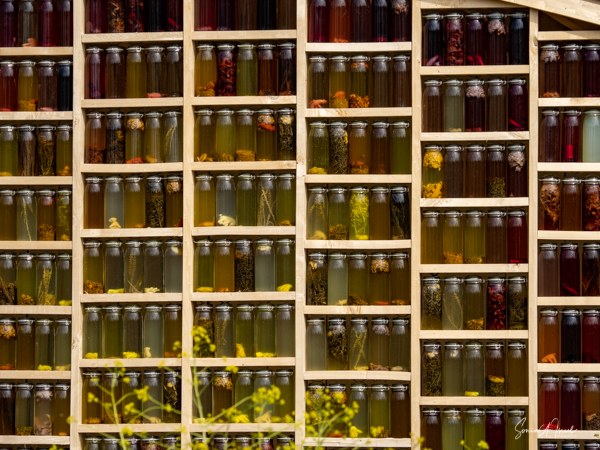
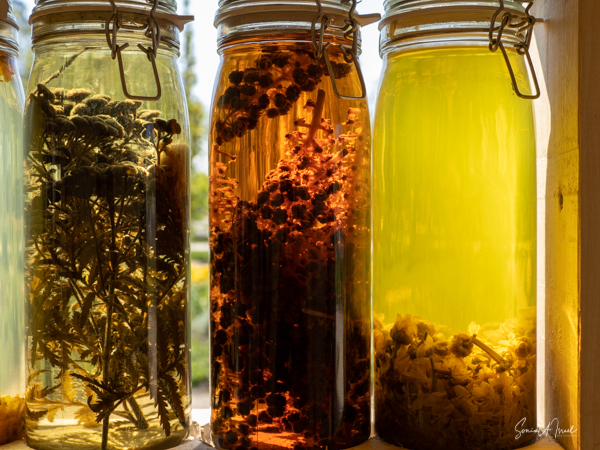
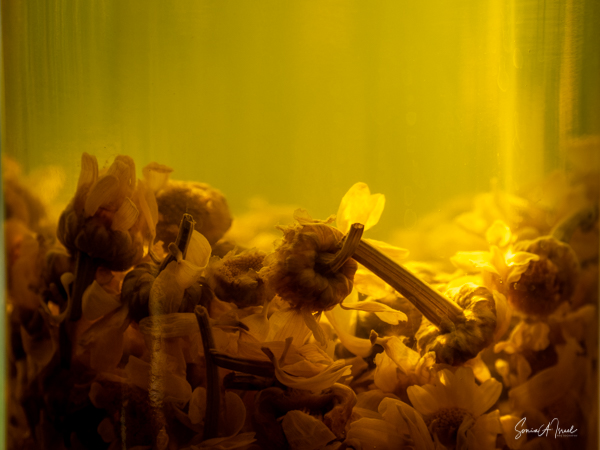
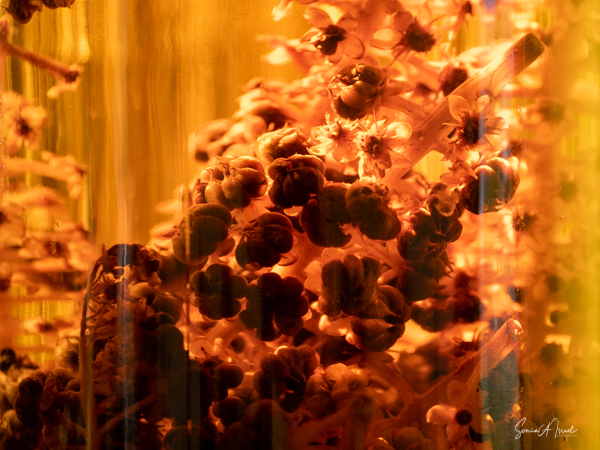
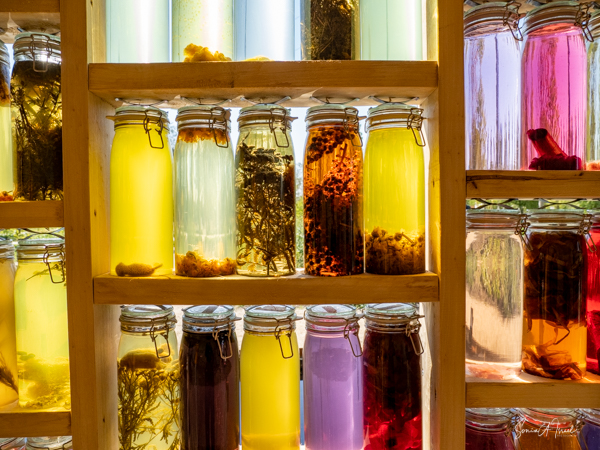
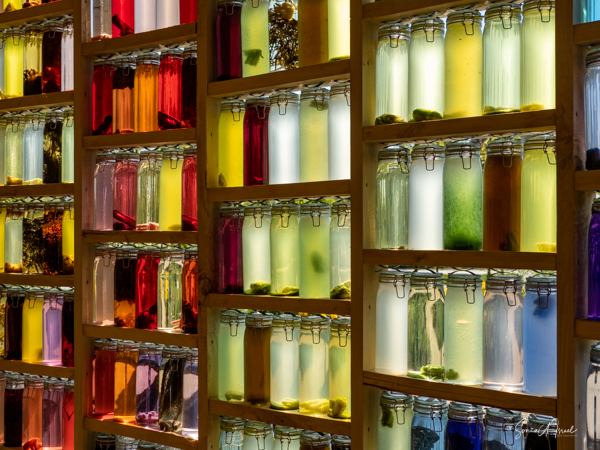
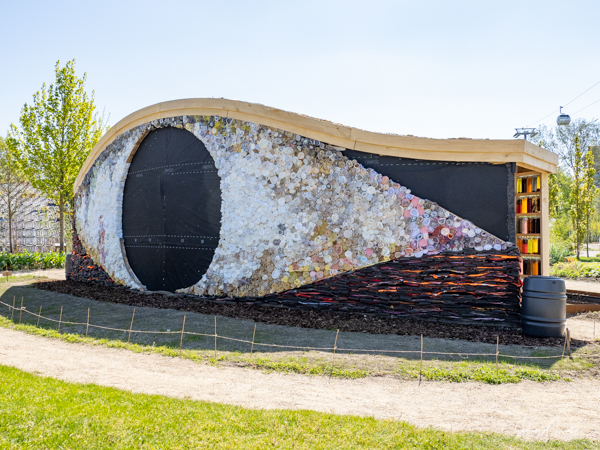
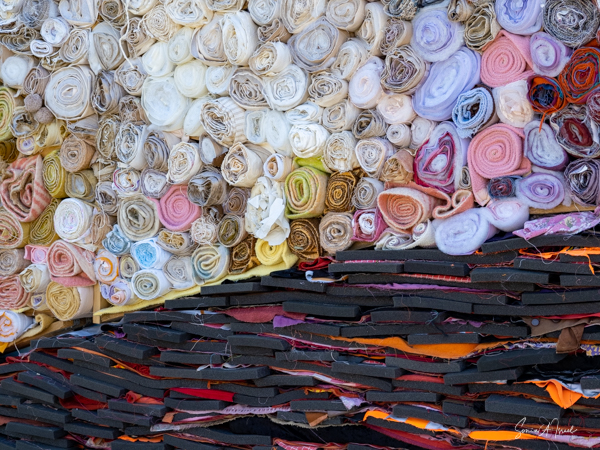
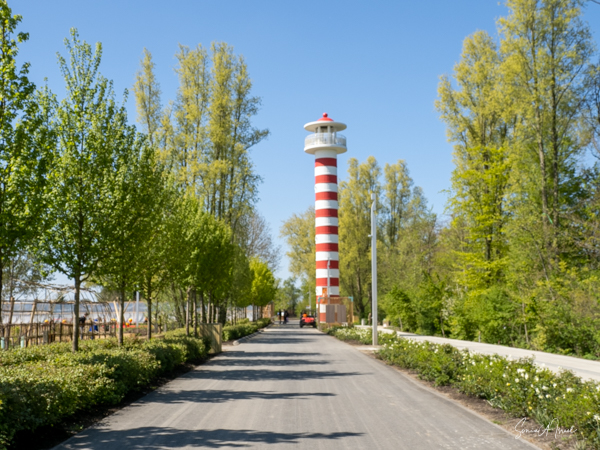
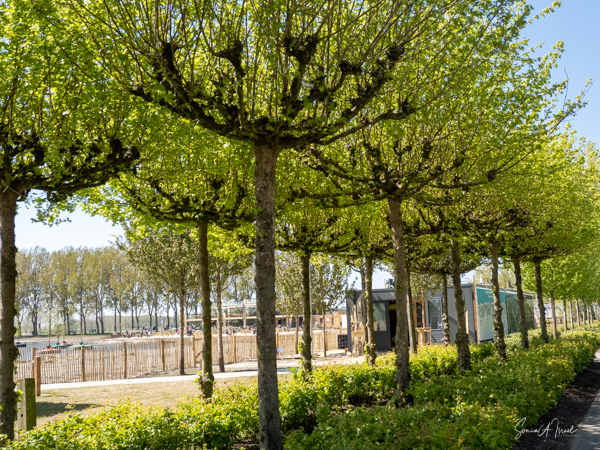
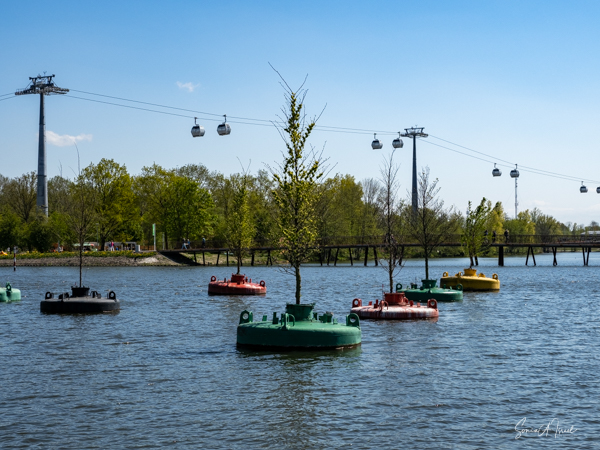
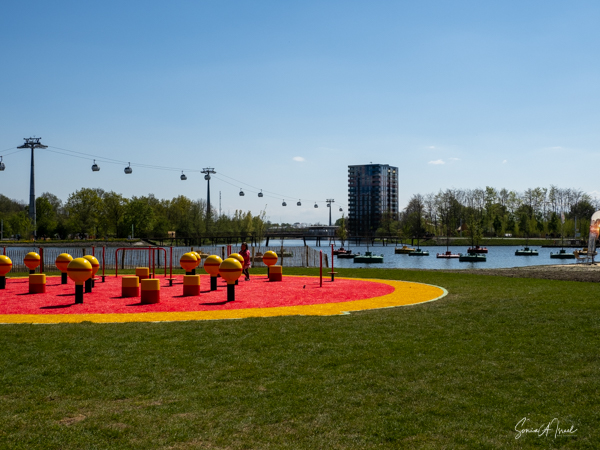
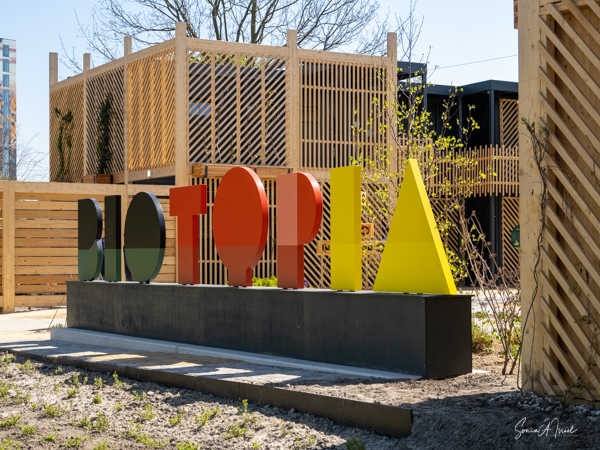

Julie Potiker
So interesting! I don’t recall the Floriade of 1982 being as educational! I’m pretty sure it was at the Keukenhof.
Kin Yuen
What an uplifting experience, especially the spontaneous concert! Lovely.
Annie Gilbar
Awesome! – as is my idea – buy one of each of the sculptures you love (except the woman with the crown in the white jumpsuit – – you already have her sister – Bashert) – put them in your backyard – and you can be in all these places and never have to go on a plane again! ooops – I obviously forgot who you are! ♥️😎